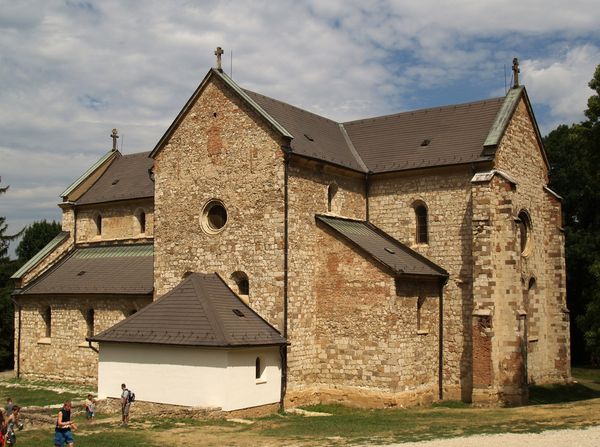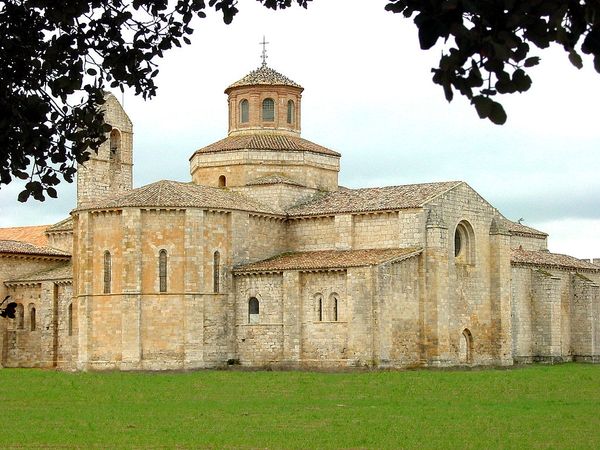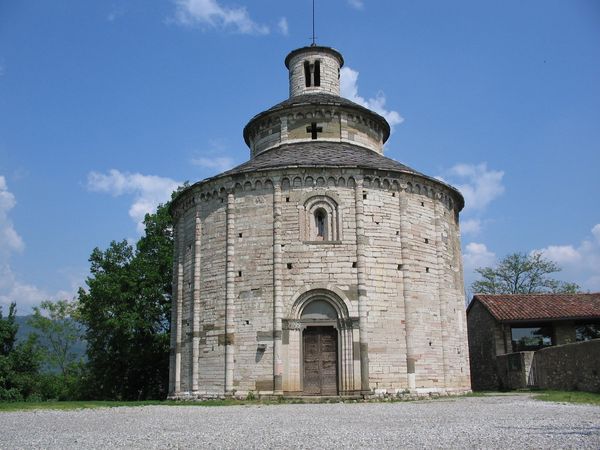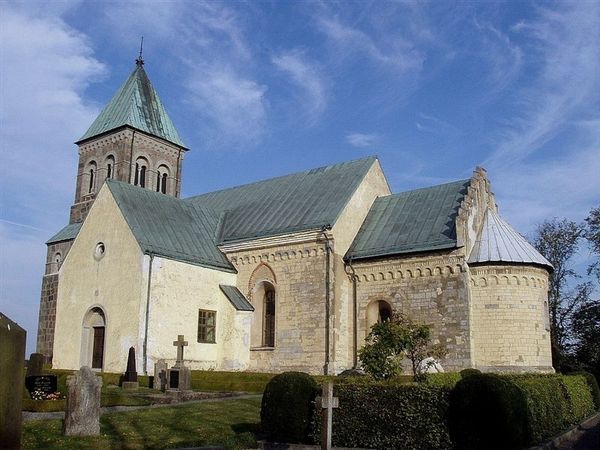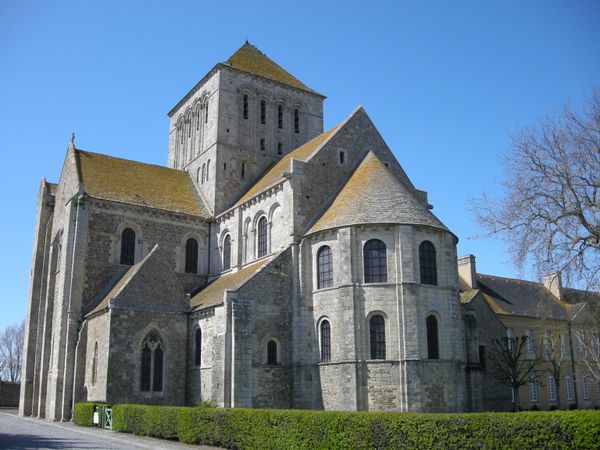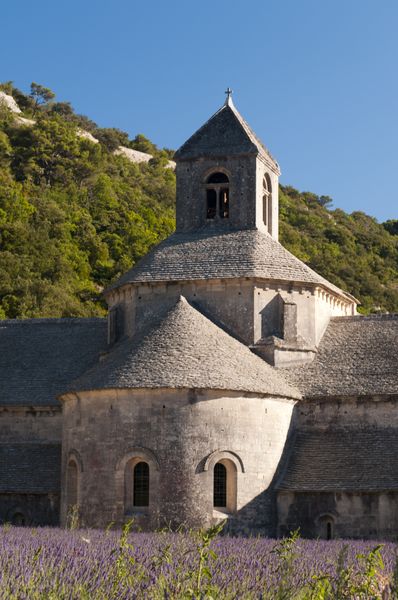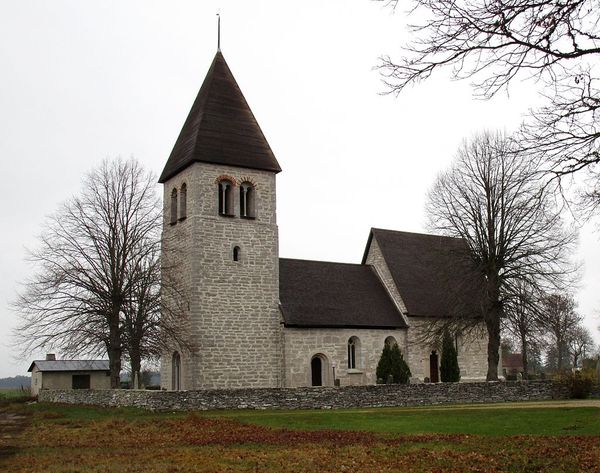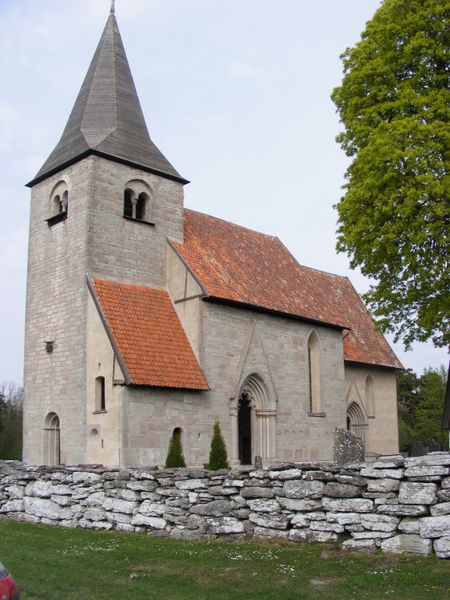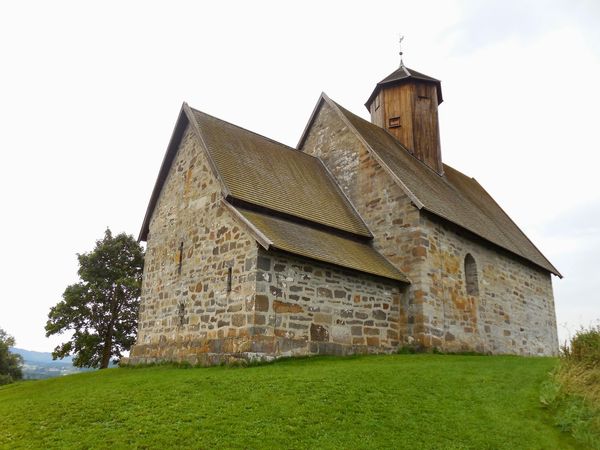
architecture
#
medieval
#
landscape
#
form
#
romanesque
#
arch
#
architecture
Copyright: Public domain
Curator: Let's turn our attention to Saint Pierre Xhignesse, a Romanesque architectural structure dating back to around 1100 in Belgium. Its enduring form presents such an interesting insight into that era. Editor: My immediate reaction is the weight of the stone; you can almost feel the laborers who quarried and set each block in place. It really brings that time and its people into sharper focus. Curator: Absolutely. The building stands as a testament to societal values and their expression of faith. This architecture speaks volumes about power structures of the Church and its position as the dominant social and ideological influence. The physical act of assembling raw material to erect this significant location asks many interesting questions. Editor: Indeed. And it invites contemplation on the very materiality of religious experience in the High Middle Ages. Looking at the structure, you see the relationship with labor and time through those windows and the details of the stones. Curator: One might reflect on this as part of a broader investigation of spiritual devotion—particularly the positionality and privilege expressed through these architectural feats. Do you think such structures also informed gender roles or expressions of wealth, say, among those of religious vocation? Editor: Certainly, these constructions were never neutral. I mean, just think about the methods available in the 12th Century versus now. We have the architectural blueprint here as a reflection of resource expenditure and access in those medieval networks. Curator: And I think that's where examining Romanesque architecture gives us the tools to delve into critical, layered narratives—how form met function to affect every layer of the era. Editor: It forces us to think about the very definition of materiality as being tied to human experience, and by questioning it, one reveals even further, previously obscured networks of labor. Curator: Thank you for emphasizing those vital, tactile elements which remain long after the lives of builders expire. Editor: A fascinating way to put it. It makes one think.
Comments
No comments
Be the first to comment and join the conversation on the ultimate creative platform.
